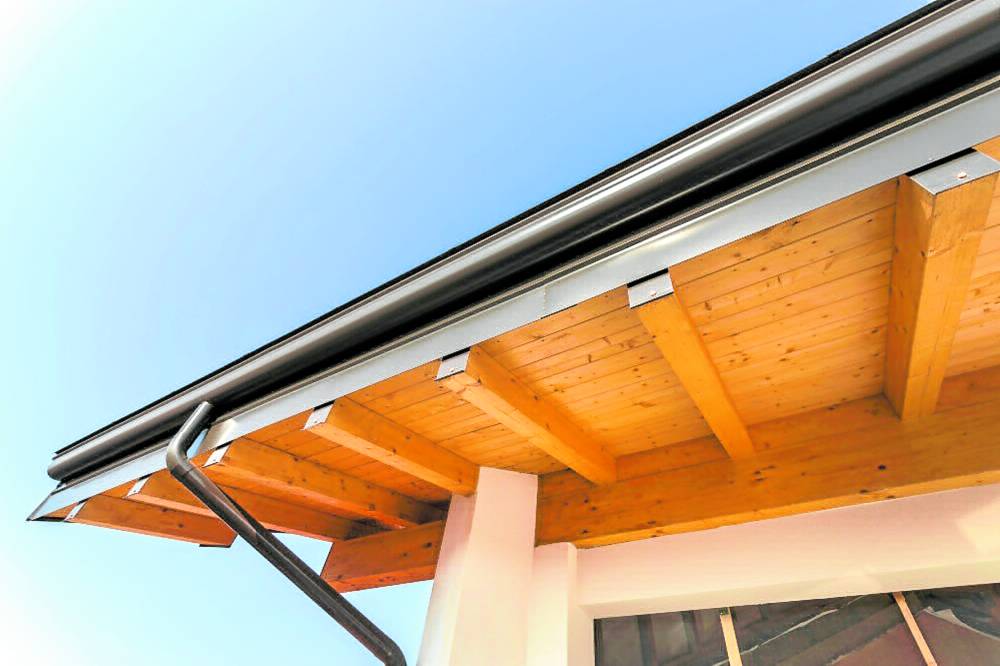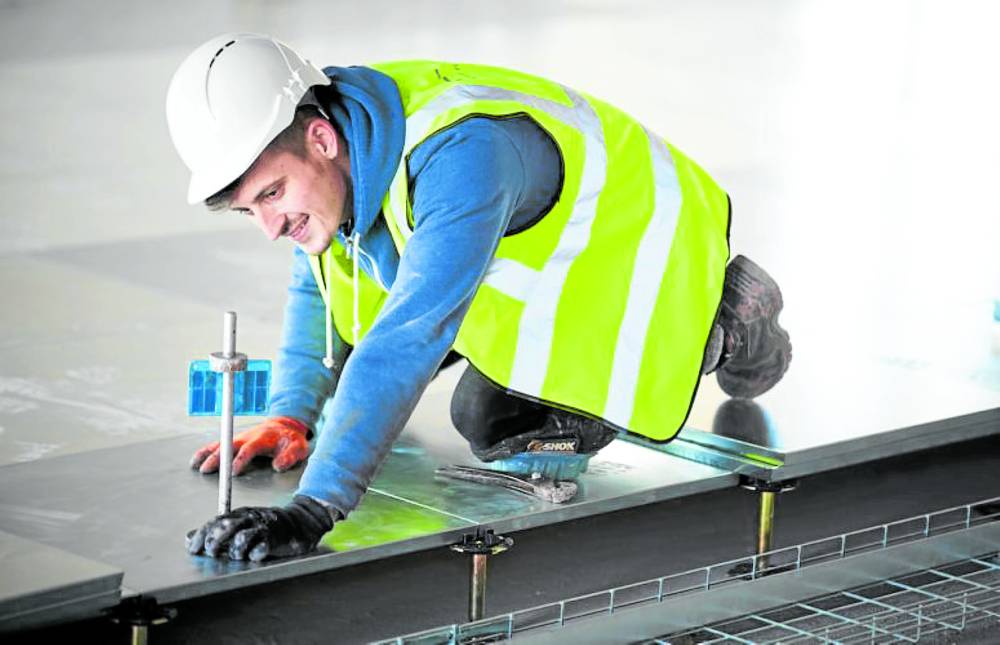
(HTTPS://WWW.ATOZROOFINGDENVER.COM)
In Metro Manila, temperatures are reaching as high as 40 degrees Celsius. The heat index, which factors in humidity to reflect the perceived temperature, has also hit a staggering 51 degrees Celsius in Pangasinan. This severe heat increases the risk of heat strokes and highlights the need for effective summer-proofing home investments and building designs to ensure comfort and safety this season.
Solar considerations and roof designs
Understanding the solar path is crucial in tropical design. Positioning a building to minimize direct sunlight during the hottest parts of the day can significantly reduce airconditioning needs. Incorporating large overhangs and sun-breakers, and using reflective colors, can deflect solar radiation. Roofs with high-pitched designs and extended eaves allow for better air circulation and heat dissipation, keeping interiors cooler.

(HTTPS://WWW.RAISEDFLOOR.CO.UK)
Elevated flooring for natural cooling
Elevating a building’s floor is a strategic design choice that goes beyond flood prevention. By raising the structure, a natural air gap is created underneath, which can help reduce ground heat absorption, allowing cooler air to circulate beneath the building. This air movement not only helps to cool the lower sections of a building but also contributes to the overall decrease in indoor temperatures during hot weather.
(HTTPS://ARCHITROPICS.COM)
Maximize airflow for comfort
Understanding the behavior of prevailing winds in the country and maximizing natural ventilation are essential. It would be best to employ cross-ventilation by aligning openings across each other, enabling a breezy pathway that helps expel hot air and draw in cooler air. Incorporating large openings for windows and doors in house design improves air circulation and creates a seamless connection with the outdoor environment.
(DIYPROJECTS.COM)
Landscaping as a cooling agent
Landscaping plays a pivotal role in reducing ambient temperatures around buildings. The strategic placement of trees and shrubs can shade walls and windows, lowering the temperature. Green roofs or vertical gardens can provide additional insulation, absorbing heat and improving air quality. Observing setbacks in house design maintains a clear distance from fences and firewalls. It is likewise crucial in enhancing natural ventilation and providing spaces for vegetation and gardening.
(HTTPS://WWW.ROCKWOOL.COM)
Innovative insulation techniques
Using advanced insulation materials can prevent heat from penetrating building interiors in tropical climates. Materials such as reflective foils or mineral wool insulation in walls and ceilings can prevent heat accumulation. Technologies such as radiant barrier paints, thermal wraps, and insulated glazing can reflect solar radiation and reduce cooling demands, thus making buildings more energy efficient.
The author (www.ianfulgar.com) is a leading architect with an impressive portfolio of local and international clients. His team elevates hotels and resorts, condominiums, residences, and commercial and mixed-use township development projects with innovative, cutting-edge design and business solutions that have garnered industry recognition, making him the go-to expert for clients seeking to transform their real estate ventures

